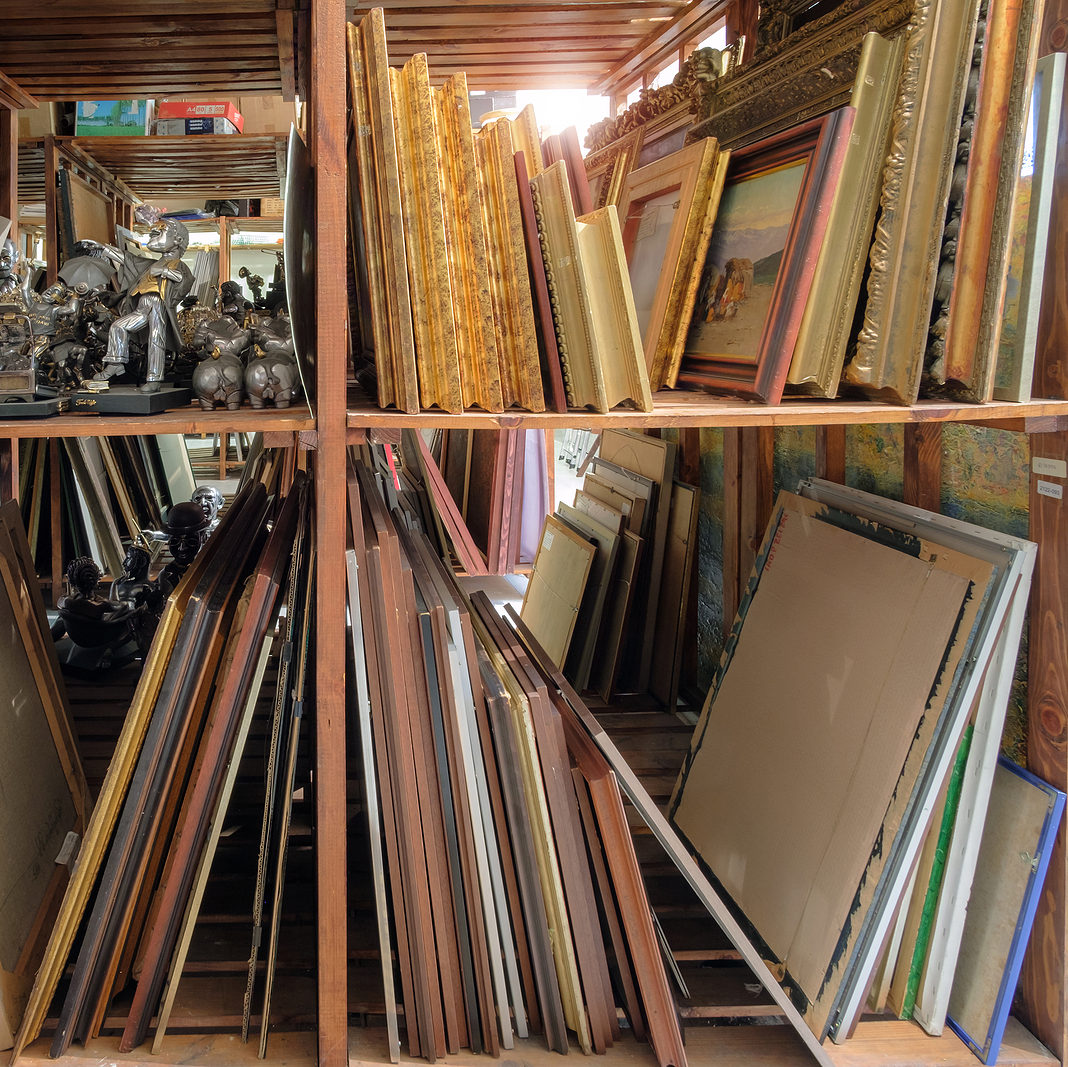Be it for a personal collection or exhibition, shipping framed pictures must be handled with proper care and attention to detail. While transportation of unframed artworks might be more economical, especially if done in bulk, this might not be the best solution, especially for antique artworks. In some cases, a frame itself is of artistic value and is forming an essential part of the finished piece. Most importantly, frames serve as the last ‘defense’ against damages to the artwork.
Basic Facts about Packing and Shipping Framed Pictures
The practical side of shipping framed pictures would depend on the type of the frame and the size of the artwork. Larger artworks might require more delicate care. Inclusion of glass in a frame, which is common for photographs, lithographs, and watercolors, poses a threat of it breaking in transit. However, the glass offers further protection of the surface, necessary for delicate artworks. Museum-grade plexiglass or acrylic glass is an alternative to traditional glass. Acrylic glass offers benefits in weight and sturdiness, two qualities that are quite helpful in shipping.
Regardless of the glass cover, there are two major points that require protection when shipping a two-dimensional art piece: the corners of the frame and the surface of the artwork. The corners are most often protected with special cardboard or foam corner protectors available from multiple suppliers. The surface, in its turn, is usually protected by special art plastic that is commonly used by many art logistics companies when shipping framed pictures both locally and internationally. If the surface of the painting has some protruding parts, professional shippers recommend packing the artwork in a shadow box.
Properly wrapped artwork shall then be placed in a shipping crate or cardboard box made to the size, as a too large one would cause the artwork to shift, potentially cracking the frame and damaging the artwork. Empty spaces of the box might be padded with different packing solutions. It is also a good idea to place impact sensors outside of the crate/box to promote delicate handling and accountability in shipping.
Every instance of shipping framed pictures is unique and professional advice is always recommended. Feel free to contact Fine Art Shippers whenever you need our help with shipping your paintings.
